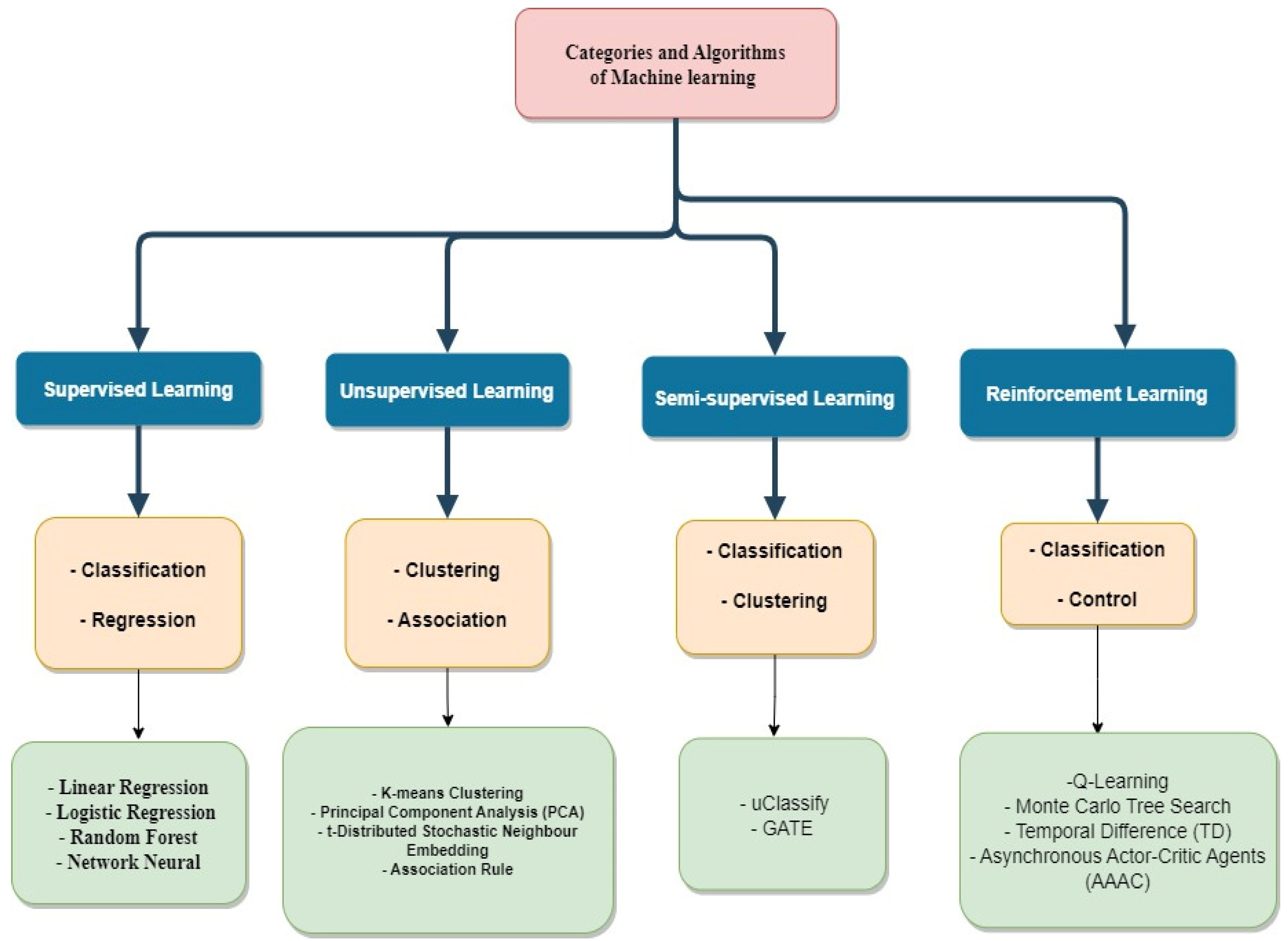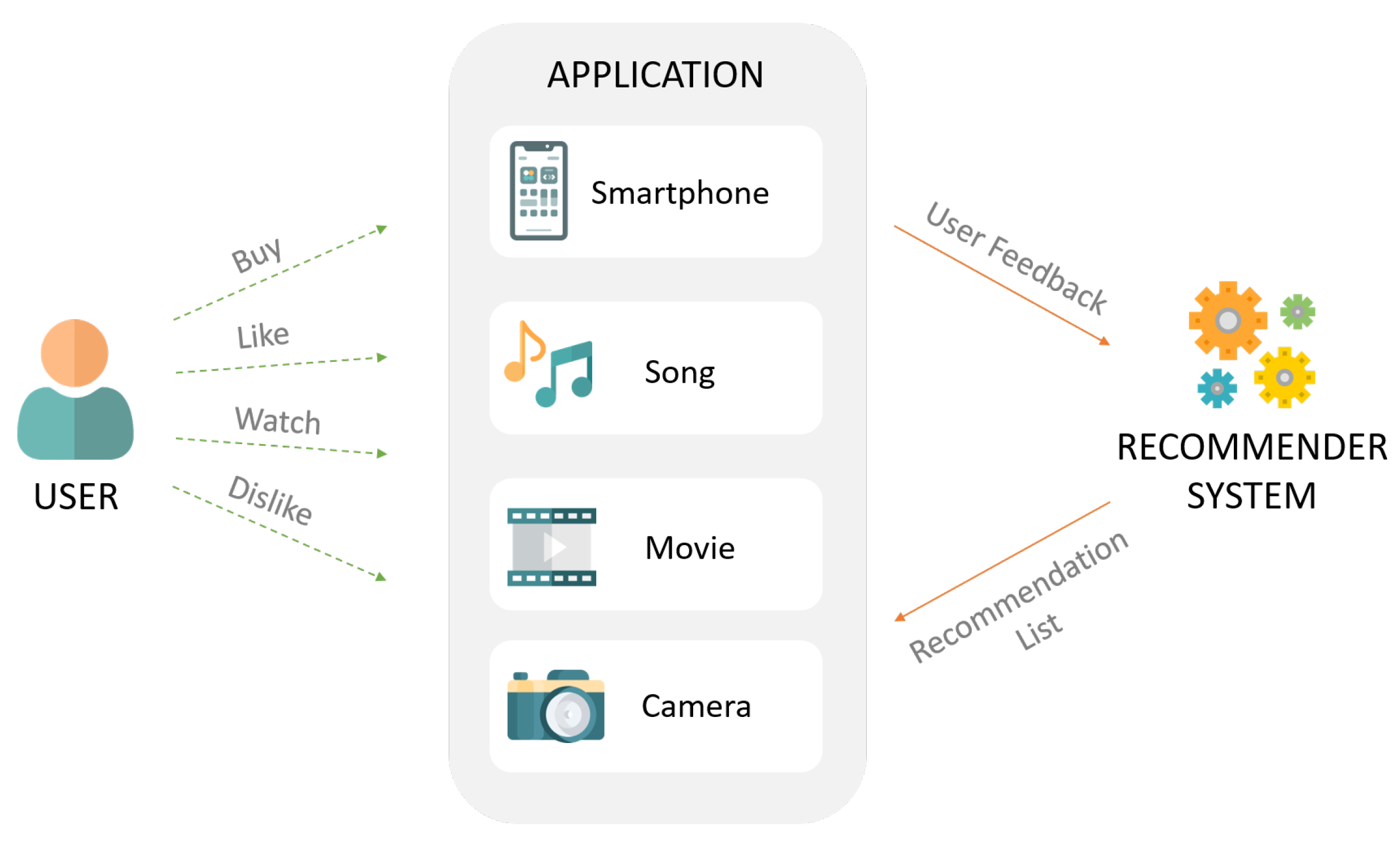The Potential of AI and ML in Information Systems
- July 25, 2023
- by
Unraveling the Potential of AI and ML in Information Systems: A Student's Guide
Introduction:
As an IT student or professional, you might have heard of Artificial Intelligence (AI) and Machine Learning (ML) as game-changers in the technology world, especially in information systems (IS). Understanding their impact is vital for your career growth. In this article, we'll break down the concepts of AI and ML into easy-to-grasp terms, empowering you to see the advantage of integrating them into your IT journey.AI and ML: The Basics:
AI aims to make computers smart like humans, while ML is a subset that enables computers to learn from data without explicit programming. Often used interchangeably, it's crucial to differentiate them for a clear perspective.
Building Intelligent Agents:
Imagine an intelligent agent as the heart of an AI-based system. It operates independently, perceives its environment, adapts to changes, and achieves goals. ML plays a key role in the cognition layer of these agents, comprising two parts: the learning and executing backend.The Learning Backend:
The learning backend equips agents to continuously improve and adapt using new data, mimicking how we learn from experiences. It's like giving them the power to evolve and stay up-to-date.The Executing Backend:
On the other hand, the executing backend relies on pre-learned ML models to perform specific tasks. These models remain fixed after deployment but provide valuable insights and predictions.A Typology for AI-based Systems:
To simplify AI-based systems, consider this typology:
Static AI-based Systems: These systems use fixed rules or algorithms without ML. They serve specific tasks without adaptability. An example of a Static AI-based System could be a rule-based expert system designed for cybersecurity. In this system, a set of predefined rules and algorithms are used to analyze network traffic and detect potential threats. The system operates based on fixed rules, and once it is deployed, it does not continuously learn or adapt to new types of cyber threats. Instead, it relies on the initial set of rules to identify and respond to known threats.
- Static ML-based Systems: Here, systems use ML to build models, but the models don't change afterward. They offer valuable insights and analysis.
- Example: Decision Trees
- Adaptive AI Systems: These systems don't use ML but can be updated manually by human interaction, offering scope for continuous improvement.

Example: Chatbots
Adaptive ML-based Systems: These systems use ML to learn and adapt continuously, making them agile for dynamic tasks and challenges.
Examples: Recommendations systems

Conclusion:
As an IT student, understanding the potential of AI and ML is a game-changer for your career. AI and ML is going to prove ML empowers intelligent agents and enhances AI-based systems, leading to innovation in various industries. Embrace this knowledge, and you'll be at the forefront of technological advancements. With AI and ML as your allies, your journey in information systems will be nothing short of remarkable.
AI and ML are not only beneficial for IT professionals but also for people in various other fields, such as ChatGPT generating summaries to quickly understand complex articles, and tome AI generating presentations to assist non-experts in creating compelling and engaging slideshows. These applications empower individuals outside of the tech industry to leverage AI and ML technologies for improved productivity and understanding.
Glossary:
1. AI (Artificial Intelligence): AI refers to the simulation of human intelligence in machines that can perform tasks like problem-solving, learning, and decision-making.
2. ML (Machine Learning): ML is a subset of AI that enables machines to learn and improve from experience without explicit programming, using algorithms and data.
3. Chatbots: Chatbots are AI-powered virtual assistants designed to interact with users in natural language and perform tasks like answering queries or providing information.
4. Tome AI: Tome AI is an AI system that generates presentations to assist non-experts in creating compelling slideshows quickly and easily.
5. Decision Trees: Decision Trees are ML models that use a tree-like structure to make decisions by dividing data into subsets based on specific features.
6. Reinforcement Learning: A type of ML where an agent learns to take actions in an environment to maximize rewards, learning from trial and error.
7. IS (Information Systems): IS refers to a field that studies how technology and information can support and enhance various business processes and decision-making.
8. Cognition Layers: Cognition Layers in AI-based systems represent the backend where the AI agent's cognitive capabilities, including learning and decision-making, are implemented.


0 comments:
Post a Comment